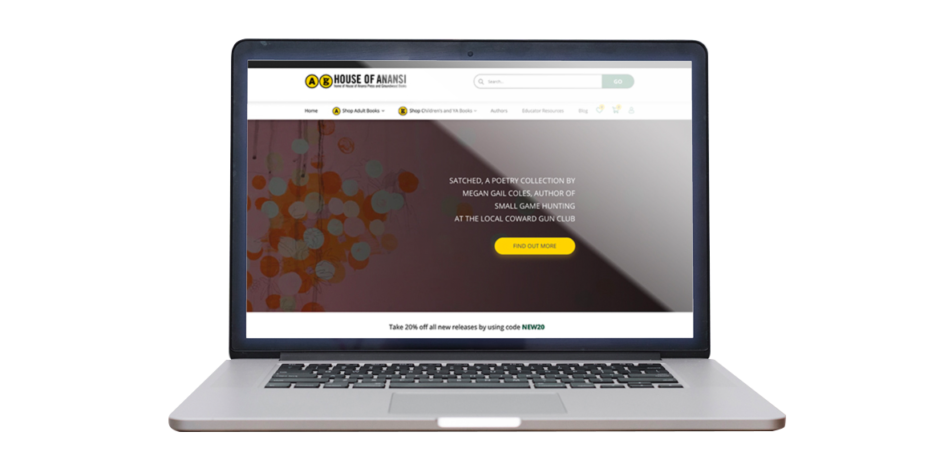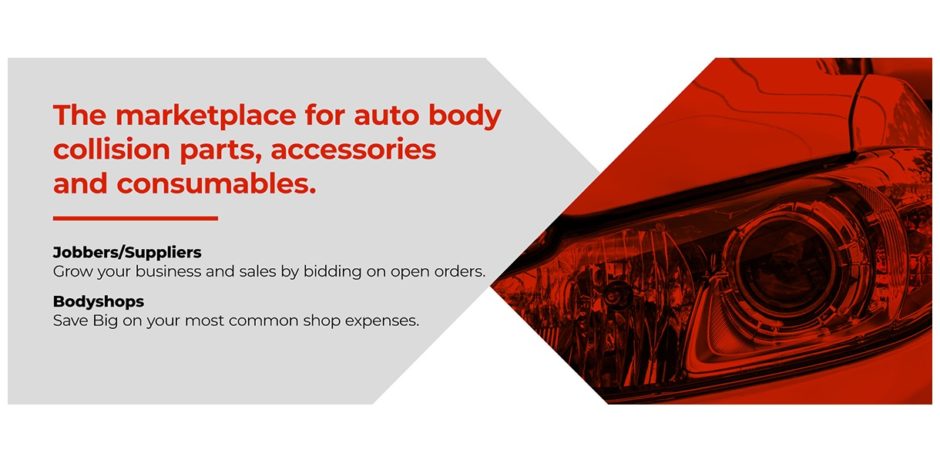shopify
Anansi + Groundwood E-commerce Platform Launched
House of Anansi Press is Canada’s leading independent publisher, bringing readers award-winning and bestselling books from the realms of poetry, as well as fiction, nonfiction, drama, French-Canadian writers in translation, lifestyle, and authors from around the world.Founded back in 1978, Groundwood Books is one of the top children’s books publishers, with collections acclaimed for being ahead of the curve, justice oriented, and unafraid of touching stories that may be considered difficult or controversial.
VerticalWave Solutions brought the two major Canadian publishers together on a new, integrated e-commerce platform, migrating all of the content from the old sites. The new, modern Anansi+Groundwood website is developed on Shopify and integrates a series of custom features intended to vastly improve front-end user experience as well as the back-end management for system admins.
Together with the client, our team chose a modern theme and then customized it with a wide range of features and options. The theme was modded and customized to deliver enhanced UI and UX across all devices and screen resolutions. An intuitive product browsing system, based on catalogs, collections, genres and more, complemented by a quick preview and simple and efficient shopping cart provides users with an enriched shopping experience.
One of the challenges of the project was to migrate the entire content from the old sites to the new Shopify store. Using a series of scripts, ingestion apps and checkup procedures, our team managed to successfully transfer all of the orders, customers, blogs and products to the new platform and update them with the new tags, while also integrating them into the required collections and categories.
To make sure the site maintenance and product updates are quick and easy to perform, we configured the Shopify backend with an intuitive and easy administration interface in mind, keeping things accessible even for non tech savvy admins. From orders and payment processing to products sorting and configuration, everything is tight and easy to use.
The new Shopify Anansi + Groundwood platform is also designed and developed in compliance with WCAG – Web Content Accessibility Guidelines and the AODA – Accessibility for Ontarians with Disabilities Act rules. The site is accessible, sporting an optimal contrast, font sizes, image captions, tags and more and is compatible with most screen readers available today.
We’re proud to say the Anansi and Groundwood teams are extremely happy with our work. VerticalWave will continue to provide support s well as security and feature updates throughout the new site’s lifespan.
Vinostics auto collision repair marketplace launched!
Vinostics is our latest project and we’re proud to say it is one of a kind. As a matter of fact, it is the first marketplace dedicated exclusively to the US and Canada collision repair sector. Vinostics has two major components, one dedicated to body shops, which can open bids on the products they need and one dedicated to suppliers which can fulfill the open bids. Body shops can select the most competitive offers based on prices and product selection, saving big on their expenses.
Moreover, the marketplace offers a wide array of products from which body shops can choose and also allows manufacturers and distributors suggest alternative products if needed. Communication between body shops and suppliers/jobbers is ensured via web, text messages and email. We can say it’s more of a community than a classic marketplace. The database is huge, containing more than 15k products from the most prestigious brands, like 3M, Norton, Tork, Devilbiss, Carworks, Anest Iwata, Gerson, Fusor and more. From shop supplies and tools, like wipers, cans and racks, spray guns and sanders to consumables like abrasives, fillers, filters, compounds and safety items, Vinostics covers it all.
The marketplace is built using cutting edge tech, ensuring total security and a modern, attractive and intuitive UX. Shopify is used at the core, as it is perhaps the most reliable ecommerce platform, offering multiple options to sellers and buyers. The back-end uses Node.js, due to its cross-platform capabilities. The front-end is based on the Angular framework to deliver enhanced user experience. For the database we used Firestore, thanks to its scalable and flexible features. We added Prismic as CMS, allowing administrators update the platform quickly and easyily. The marketplace also uses a custom Algolia search engine, which provides accurate results on any query.
The Vinostics marketplace grows each day. Dozens of body shops and jobbers are using the platform as we speak placing orders and bids, getting in touch and getting jobs done. The Vinostics team is also proud of their platform and the job VerticalWave has done. They are second and third generation automotive craftsmen and merchants, with extensive know-how in the industry and the marketplace app is perfectly tailored to their needs.









